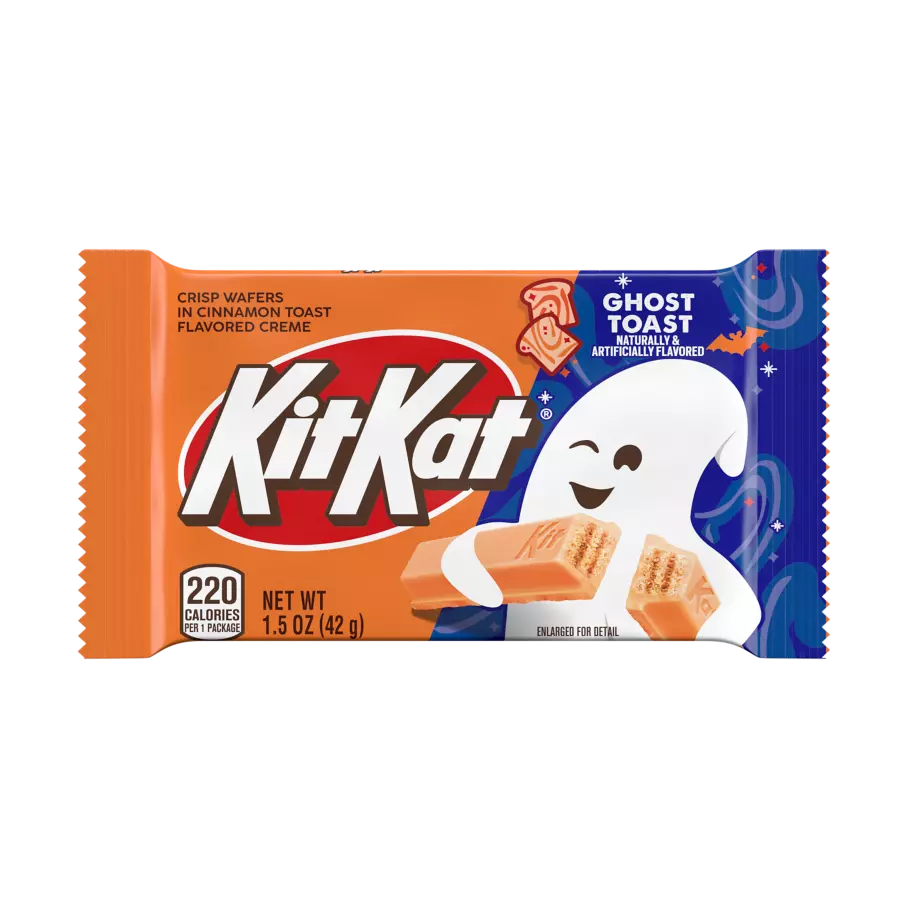chocolate Is changing faster than you think
why cocoa free bars, alt-cocoa milling issues, and sustainability pressure are reshaping the chocolate landscape
The future of chocolate was on full display at the Bühler New Chocolate Challenge Showcase in Chicago last week. Many corporates and alternative cocoa startups were able to sit down together and discuss the challenges of the current cocoa market, as well as the future ingredients that may make up this sweet treat. Reimagining the ingredient base of chocolate may be easier than scaling it right away…or not?
Mez applied for this challenge, but was not selected. The top three winners ran their formulations on lab-scale ball mills and roller mills that simulated Bühler’s production equipment. Each process has its pros and cons, and it is ideal if your formulation works with both. Mez has actually scaled well to ball mill refinement, and still has not had the chance to try roller mills. The three winners struggled with ball mills because viscosity issues appear when ingredient particles get smaller. It is frustrating but expected. There were also particle size inconsistencies that changed the texture when you eat these alt cocoa products. Many alt cocoa inputs have higher fiber, which makes milling a new challenge and one where inconsistencies become very noticeable.
I noticed interesting flavor carrythrough from the other processes that Bühler tried with the three winners. The fats they used did not seem to release as much flavor as I expected. The bigger issue in the room is that we, a small and growing alt cocoa sector, have only been working on this for about ten years at most. Cocoa has had more than a century of process optimization behind it. I do not see these gaps as major problems. Consumers are mostly looking for chocolate flavor, and many of the texture issues are not as serious as they may seem. All of this made me think about how the legacy chocolate market is defining the word chocolate right now, and how far brands are pushing that definition.
marketing vs. reality
I recently saw an ad from Raaka for their Brownie Batter bar. What caught my eye was that it was labeled as a chocolate flavored white chocolate bar.
I mean look, I know that Hershey’s has been testing cocoa free seasonal flavors like Ghost Toast Kit Kats and Witch’s Brew. In their case, this kind of cost savings makes sense. These products are impulse buys, and flavor is probably secondary to sugar and nostalgia (kinda dig the Ghost Toast, just save me the milk tea flavored ones)
Raaka is very different. They are a higher end bar and one bar costs as much as half a pound of those Kit Kat varieties. Their approach is balancing cost, flavor, and labeling all at once. I doubt the cookie crumbs push the bar outside the legal standard of identity, but the ratio of ingredients might. The legal definitions of chocolate are strange, like how a bar that is 100% cacao is not legally chocolate. So calling this a white chocolate bar might simply be the safest choice within the CFR.
My guess is that they are using more cocoa solids and less cocoa butter since the cocoa butter market has been so volatile. It is their signature flavor profile, but it may also be a more cost effective way to make a bar like this. Which brings up a real question. What are we asking for from the craft, unroasted, single origin producers who built their brands on raising the standards of chocolate in the first place?
If I level this thought up though, maybe the entire chocolate industry is beginning to separate chocolate as a flavor from cacao as an agricultural product. Chocolatey notes already come from all kinds of ingredients. Malt in beer. Mesquite pods. Roasted coffee. Chocolate has always been a flavor system that extends beyond one crop. The process of making chocolate may end up moving even further from cacao itself.
If there is one takeaway from the New Chocolate Challenge, it is that chocolate is drifting away from being a strictly cocoa-based product. It is becoming a flavor space that consumers recognize first through aroma, texture, and expectation, not agricultural purity. The industry is trying to solve sustainability, cost, and supply volatility at the same time. That pressure is bending the meaning of chocolate in real time, and it is opening the door to products that would have seemed impossible a decade ago.
The modernization of chocolate will not be smooth, but it will be creative. If we can accept that chocolate is bigger than cacao, we may have more room to build the future of the category than we thought.



